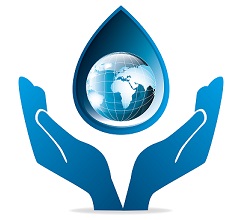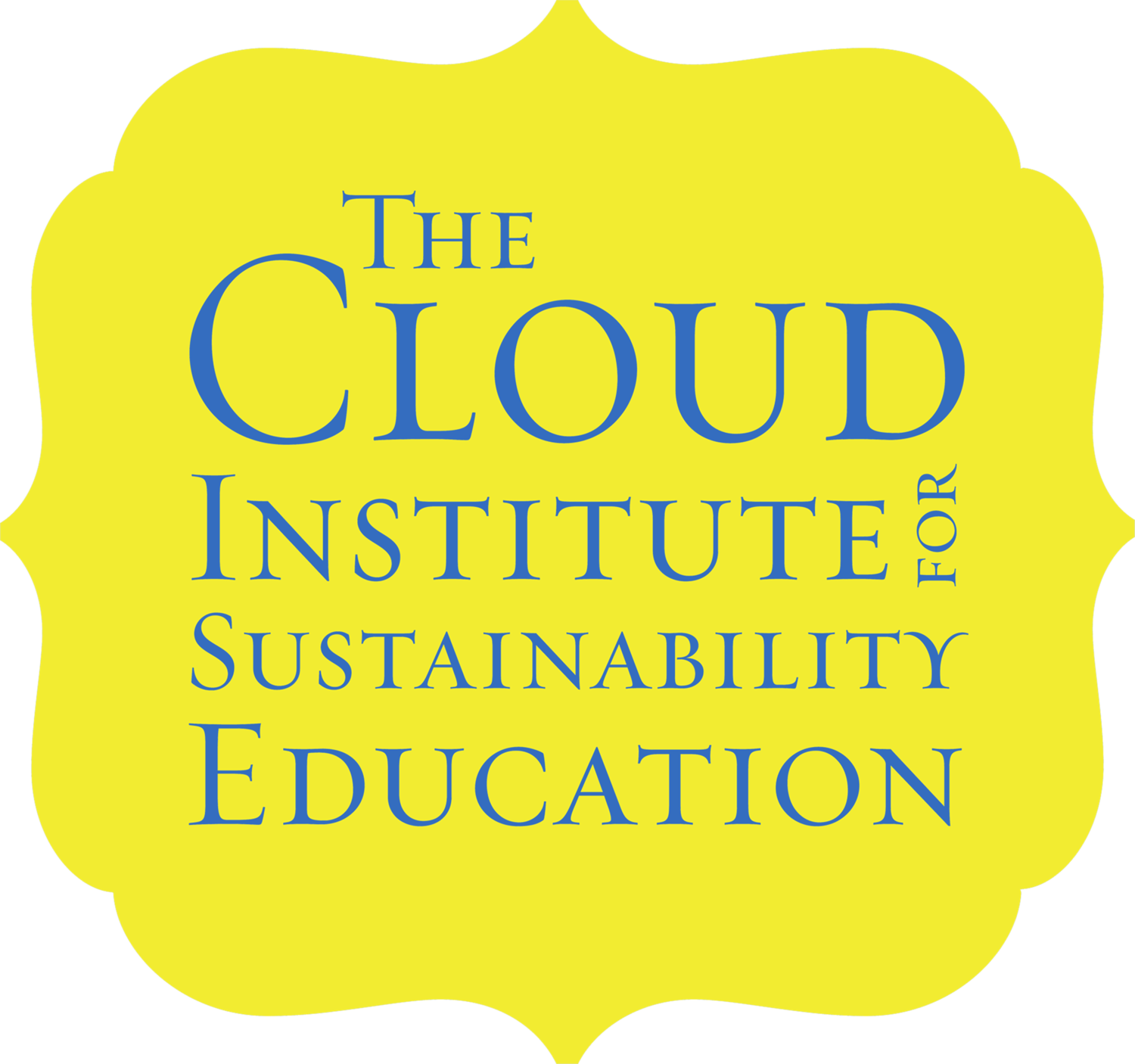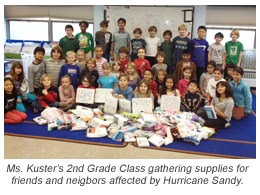 The California Drought, flooding in North Carolina… water water here, there, not there, and where? Water is one of our most precious natural commons. We –you and me- must tend it as such. The fact is we all depend on it (we can only last 3 days without it) and we are all responsible for taking care of it. California has legally declared that every citizen has a right to safe drinking water, and Detroit has privatized it. Regardless of how our State governments perceive it, we need to learn the difference between natural changes and disruptions that are part of dynamic life on Earth, and the kinds of changes that we are contributing to, and, therefore, can do something about. There is never going to be more or less water on Earth. We have what we have. This is due to the First Law of Thermodynamics (Matter and Energy don’t appear or disappear on Earth) and gravity. We cannot run out of water, but, we can disrupt or displace the water cycle in our places, and we can undermine its quality by polluting it and by causing saltwater intrusion, if we are not careful. We are all responsible for the difference we make.
The California Drought, flooding in North Carolina… water water here, there, not there, and where? Water is one of our most precious natural commons. We –you and me- must tend it as such. The fact is we all depend on it (we can only last 3 days without it) and we are all responsible for taking care of it. California has legally declared that every citizen has a right to safe drinking water, and Detroit has privatized it. Regardless of how our State governments perceive it, we need to learn the difference between natural changes and disruptions that are part of dynamic life on Earth, and the kinds of changes that we are contributing to, and, therefore, can do something about. There is never going to be more or less water on Earth. We have what we have. This is due to the First Law of Thermodynamics (Matter and Energy don’t appear or disappear on Earth) and gravity. We cannot run out of water, but, we can disrupt or displace the water cycle in our places, and we can undermine its quality by polluting it and by causing saltwater intrusion, if we are not careful. We are all responsible for the difference we make.
Here is what we can do:
- Respect and contribute to its purity. Keep it clean. Don’t dump chemicals or drugs or weird things down the drain or the toilet. There is no such place as away.
- Value its value. Celebrate it, think about it and use it well and wisely
- Avoid disrupting its natural cycles. Make sure our towns plant trees and plants, maintain and restore soil fertility, build green roofs wherever possible, make the shift to clean green renewable energy, and use permeable surfaces wherever possible (roads, sidewalks, driveways).
- Tap the power of its limits. Don’t waste a drop of it. Individually and collectively monitor the water tables in our regions and make sure we don’t use more faster than nature can replenish it there.
Here is a quote I picked out from an article at CityLab.com on the California drought. “The drought [in California] is dragging on. Water is only becoming more precious and more expensive.” 1
The truth is, water cannot become more or less precious. It is the source of life on Earth. It is more “expensive” because we have made good clean water a scarce commodity instead of a limited commons. We have not been tending it. Now would be a good time to do so.
- Jaimie Cloud for The Cloud Institute for Sustainability Education
1. Bliss, L. (Oct 1, 2015) Before California's Drought, a Century of Disparity. Retrieved from http://www.citylab.com/weather/2015/10/before-californias-drought-a-century-of-disparity/40774


